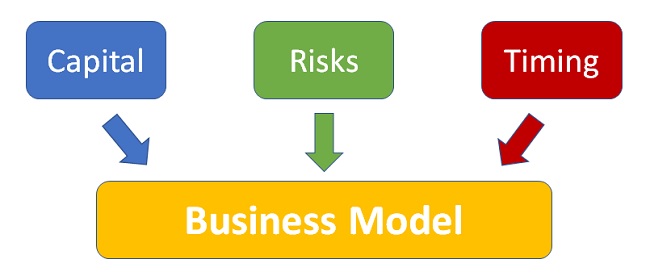Strategy Transformation – A New Business Model for a Rapidly Changing Industry
by Gary Skarke | Jul 2, 2018 | ACHE, Balance, Career Development, Development, Executive Coaching, General, Healthcare Industry, Leadership, Networking, Planning, Tips, Uncategorized

